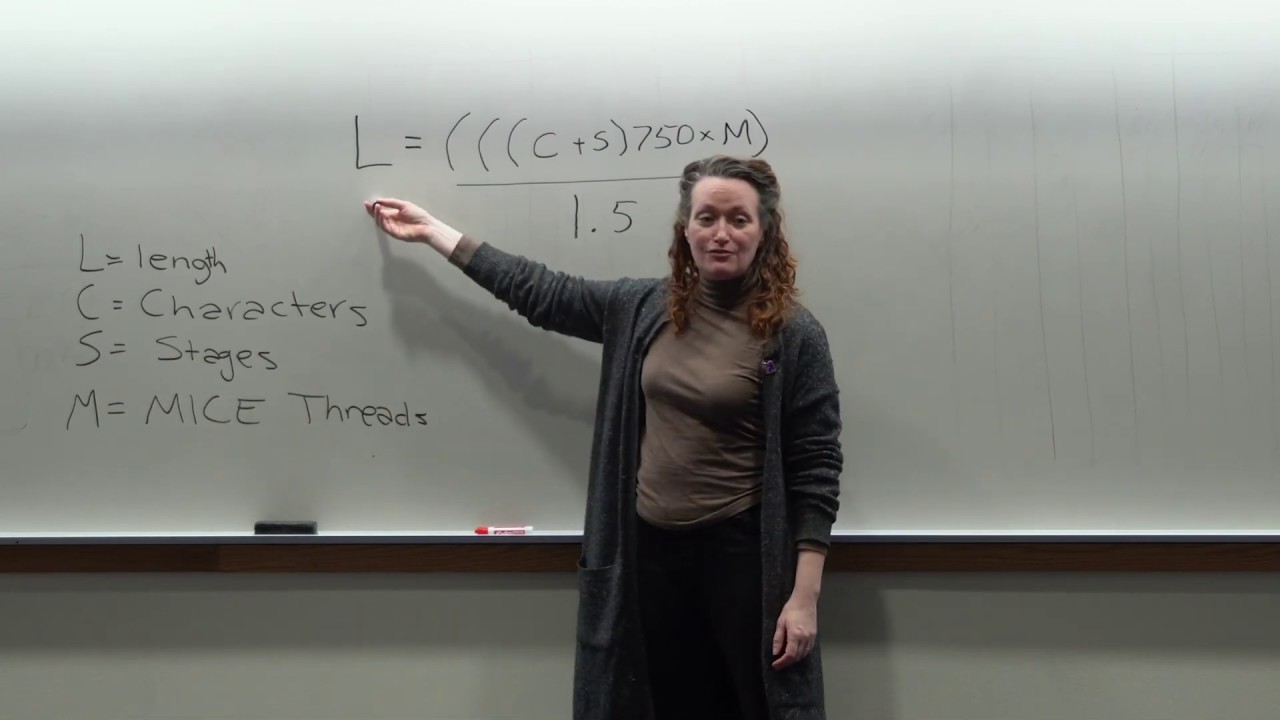K.M. Weiland posted an awesome article today on her blog that takes a deeper look at story structure than I find you usually get from a blog post, and even some books. These are my favorite kinds of articles to read, providing either a technique or a mindset that turns a concept into something I feel I could reproduce. I feel like they give me the practical tools to really write a novel that will provide the kind of resonant reading experience that I enjoy the most.
This is a long and meaty post but the gist of it is that she describes the link between the question asked in the inciting incident and answering it in the climactic moment to bring the story full circle. Only she further explains which other key scenes in the first half of the story’s structure setup their mating key scene in the second half.
Ultimately, this is just the broader stroke of setup and payoff but breaks it down at a scene-matching level that I feel is very practicable. Some people do it naturally. Some of us need techniques and an awareness of how it is being accomplished to do it too.





